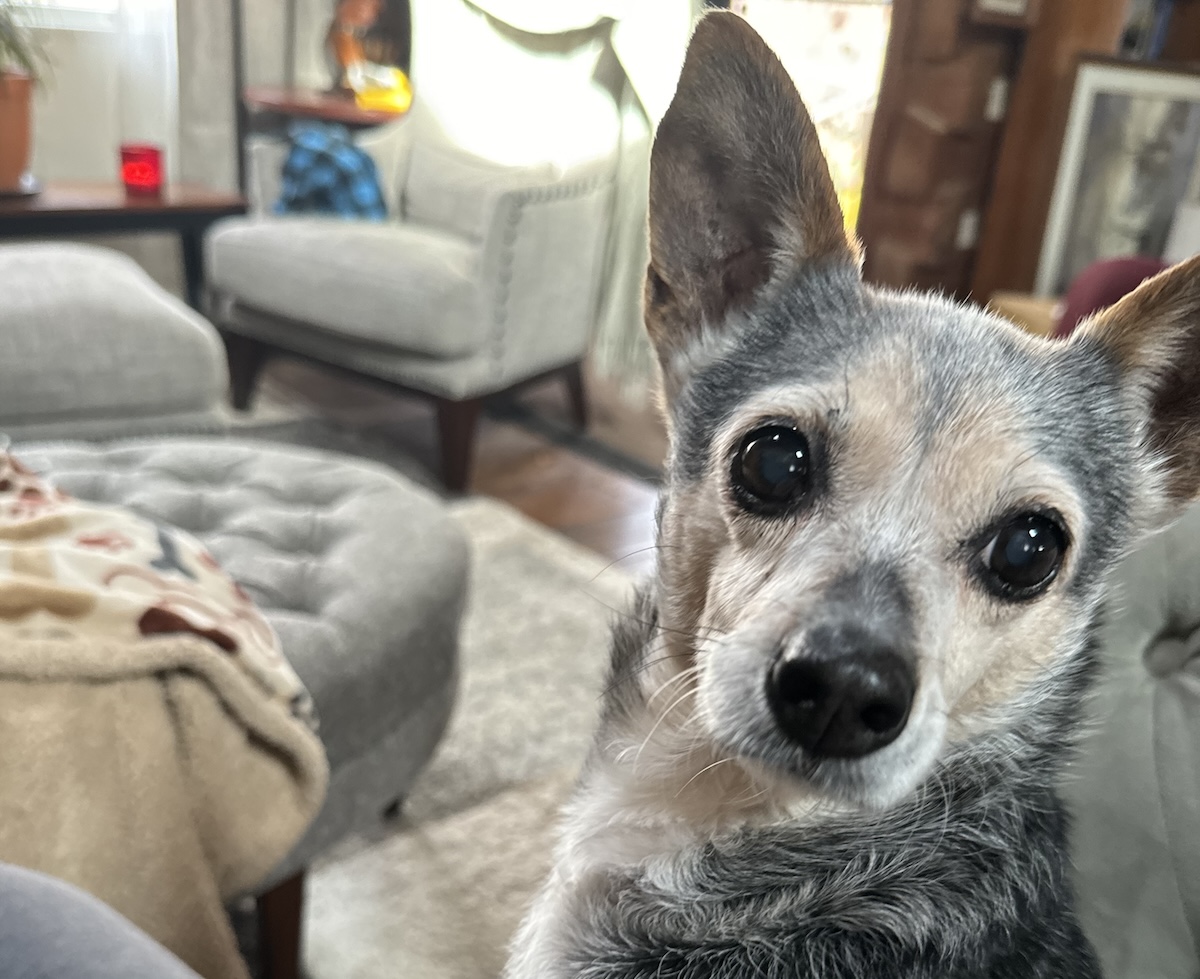Vizslas are sensitive, energetic, and smart. They need plenty of exercise and positive mental stimulation. Overall, they are healthy dogs. They don’t usually suffer from some of the more prevalent genetic and inherited diseases that some other breeds do. They might have some eye or skin issues, but in general, Vizslas are pretty sturdy.
However, they, just like any dog, can develop health issues that can affect any breed and are commonly seen at vet clinics. Proactively preventing and carefully monitoring these six problems is an important skill for Vizsla owners, just like any dog owner.
Read to the end to find out how these intuitive, busy, and athletic dogs can have health problems you might not think of.
The 6 Common Vizsla Health Issues
1. Entropion
Vizsla eyes can have a few eye problems, and one of them is entropion. This health issue is a problem with the anatomy of the body, specifically the eyelid. In entropion, the lower eyelid (sometimes the upper) rolls in on itself so that the fur and hard skin on the outer part of the eyelid touches and scrapes the cornea of the eye itself.
It is common in many breeds that have slightly saggy skin. When a dog’s skin around their eyes is too saggy, the eyelid can sag right into the eye, scratching it with the protective outer layer of skin and fur.
The inside of the eyelid is a soft and moisturizing mucous membrane, which protects the eyeball. But, the outer part of the eyelids is designed to protect, so it is much harder and rougher. The facial hair on the lid can be a particular problem.
Dogs with this eyelid confirmation are prone to eye infections, scratches on their cornea, and chronic ulcers (infected craters-like sores on the cornea). They may need surgery to fix the problem—a little bit of a facelift.
2. Glaucoma
Glaucoma is increased pressure in the eye when the fluid in the eye builds up and creates too much pressure inside. The abnormal pressure can affect other structures in the eye, contributing to a loss of vision.
Along with trouble seeing, glaucoma can be painful. And the structural changes in the eye as a result of the high pressure can cause other secondary problems, such as tears in the cornea or retinal detachment.

3. Sebaceous adenitis
This unusual and rare problem affects the sebaceous glands, which are glands on the skin that produce oil when the skin gets dried out. As a result of this condition, the skin and hair quality decline. This results in some of the following chronic and persistent problems:
- Hair loss
- Scaling and crusting
- Itchiness
4. Epilepsy
Epilepsy is a common problem, particularly in purebred dogs. This disorder causes repeated seizures. A Vizsla with epilepsy can have a seizure or a cluster of seizures every few weeks or months. They often need veterinary treatment that involves daily medication, careful monitoring and planning, and regular vet checks.

5. Melanocytoma
Although this type of benign tumor can occur in any breed, it is common in Vizslas. These tumors are usually not dangerous and can be removed by surgery to look better. However, the only way to tell is to sample them to make sure they are not something else more insidious.
- A new patch of abnormally pigmented skin
- A new lump on the skin
- A plaque of skin that changes shape or does not go away
6. Behavioral Problems
Vizslas have a lot of energy that they need to burn off. They are also smart and constantly thinking. This combination can be fun and engaging for us; however, if these needs are not met, they can snowball into behavioral patterns that can be problematic. A bored Vizsla can develop behaviors and habits that can not only decrease their mental well-being but their physical health, such as:
- Separation anxiety
- Reactivity
- Hypervigilance
While these dogs are strong and sturdy in general, they are sensitive souls who need humans who can provide positive stimulation and training. Vizslas need structured training and daily stimulation; otherwise, they can develop some of the following problems, for example.

Conclusion
Vizslas are smart and energetic dogs. If you do not keep them busy, they will find troublesome ways to keep themselves busy, even if that means developing bad habits. While they are fun, enthusiastic, and generally healthy dogs, Vizslas are not immune to the most common daily health problems every dog struggles with. Regular vet checks are the best way to know if your special Vizsla has any health issues you need to know about.
Featured Image Credit: Edgar Feliz, Shutterstock












